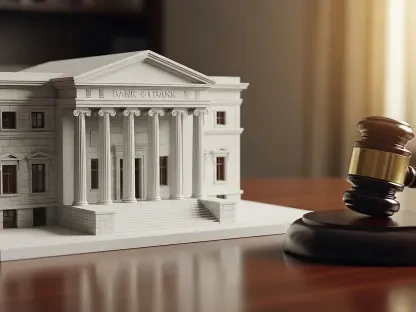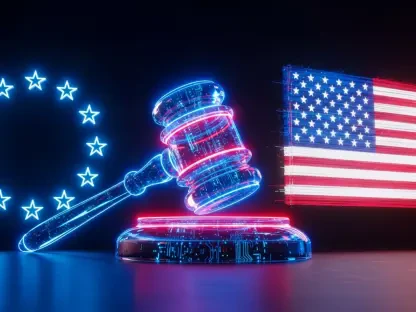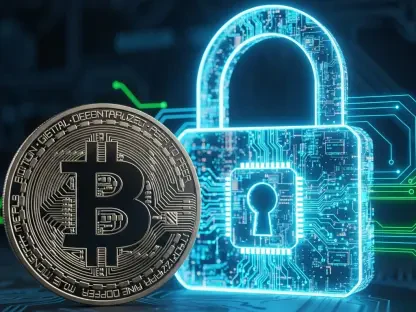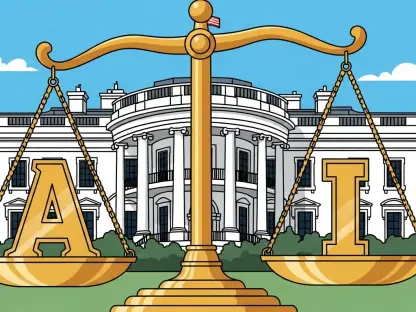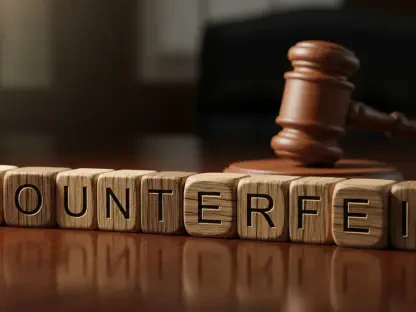In a landmark development in the field of patent law, the Federal Circuit’s forthcoming en banc review of the EcoFactor v. Google case has captured widespread attention due to its potential to reshape the domain of utility patent damages. This case marks the first en banc decision related to utility patents since 2018. The decision’s significance stems from the examination of key aspects of Federal Rule of Evidence 702 alongside the Supreme Court’s seminal decision in Daubert v. Merrell Dow Pharmaceuticals, which governs the admissibility of expert testimony in court. At the core of this controversy is the debate on an expert witness’s valuation approach, which involves translating a per-unit royalty rate into a lump-sum agreement, an issue that arose in a previous panel’s divided opinion. As the Federal Circuit scrutinizes district court applications of evidentiary standards, this review holds promise to redefine the methodology employed in complex patent litigation, with implications for future cases.
Key Challenges and Context
The central theme of this research is the exploration of how evidentiary guidelines like Rule 702 and the Daubert standard are interpreted and applied in patent cases. A crucial question the research tackles is the consistency and reliability of expert testimonies concerning patent damages, as improper valuation techniques can significantly impact financial outcomes in litigation. The study confronts challenges concerning the appropriate integration of expert testimony standards into patent law, an area historically prone to subjective interpretations and legal disputes.
This review’s timing adds an element of urgency, as courts increasingly focus on ensuring that methodologies presented for calculating damages are robust and supported by precedents. Highlighting the broader relevance of this case, the research indicates potential transformations ahead for the adjudication of patent disputes, thus affecting stakeholders in technology and innovation sectors. By focusing on refining the evaluative processes of evidence, the Federal Circuit aims to enhance judicial accuracy in determining patent damages.
Research Methodology, Findings, and Implications
Methodology
In examining this case, the research utilizes a combination of qualitative and doctrinal analysis, exploring previous case law, court opinions, and legal literature to understand how Federal Rule of Evidence 702 and the Daubert standard have been historically applied. The study focuses on legal interpretations and their ramifications on current judicial practices. Methodologies include comparative analysis of similar cases to identify trends and discrepancies in the valuation of patent damages.
Findings
The research reveals that the upcoming decision is poised to address inconsistencies in perceiving expert testimony, especially on determining appropriate royalty rates for patents. The examination underscores the necessity for clarity in distinguishing between admissible and non-admissible expert testimonies based on sound methodologies. The re-evaluation of expert approaches in setting royalties emerges as pivotal, with potential to set new precedents for evaluating evidence precision in such cases.
Implications
The research findings are significant, with potential implications extending beyond immediate litigants. The decision anticipates guiding future courts in parsing complex evidence, largely streamlining the interpretative framework for patent damages. The insights gained suggest that more stringent and well-defined standards could lead to enhanced consistency in patent litigation, thus providing a clearer path for emerging cases. Exploration into the adaptability of these standards in varied technological contexts also emerges as a crucial outcome.
Reflection and Future Directions
Reflection
Reflecting on the process, the study encountered challenges related to dissecting the intricacies of prior court decisions and identifying consistent patterns. The complexity of aligning expert valuation methods with legal standards necessitated a meticulous approach, and the study highlights potential areas for enrichment, including broader empirical evaluations. Ensuring methodologies align with evolving legal requirements was a key focus, necessitating careful analysis and reevaluation of existing standards.
Future Directions
Future research could delve deeper into unresolved questions concerning the adaptability of expert testimony across different technological landscapes. Opportunities exist to explore how these legal standards function within other industry sectors. Further analysis is required to assess potential impacts on international patent litigation, considering the global integration of technology-driven industries and possible harmonization of legal practices to foster cross-border consistency.
Conclusion
The study has highlighted the pivotal nature of the Federal Circuit’s en banc review in shaping the understanding and application of patent damages. With a focus on refining evidentiary standards to enhance judicial outcomes, this decision serves as a catalyst for change, offering new perspectives on the role of expert testimonies in complex legal contexts. Future research is poised to build upon these findings to further advance patents in an era increasingly reliant on legal precision and informed insights.


